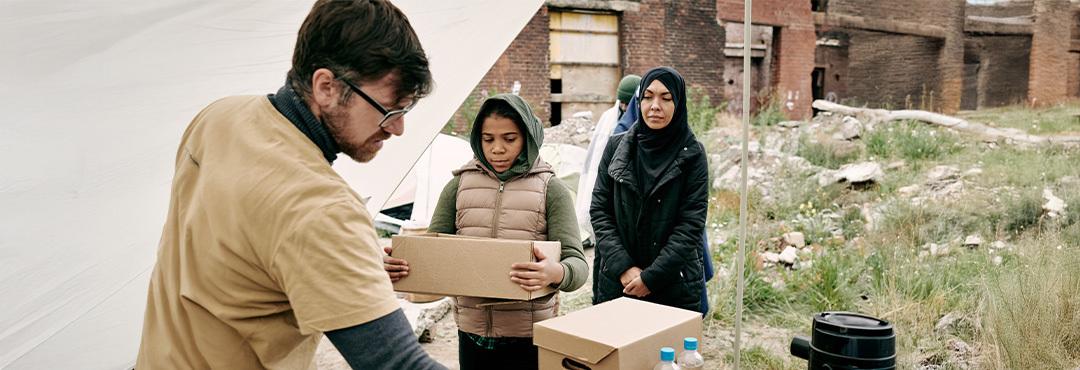Essential Safety Training for Humanitarian Workers
Humanitarian work is often carried out in some of the most dangerous and unpredictable places. From conflict zones and politically unstable regions to disaster-stricken communities with crumbling infrastructure, humanitarian workers face daily exposure to complex threats.
While technical expertise and compassion are fundamental to the mission, personal safety and risk management skills are equally critical. Without them, individuals and organisations can unintentionally put themselves and those they serve at greater risk. That’s where hostile environment safety training comes in. It prepares people for danger and builds resilience under pressure.
What Makes Hostile Environment Training Essential?
-
Understanding the Threat Landscape
Effective training starts with understanding the environments you’ll operate in. This includes:
- Local political and security conditions
- Cultural and societal dynamics
- Environmental and logistical risks
- History of violence or natural disasters
A strong program offers up-to-date threat briefings and teaches workers how to conduct their own situational assessments, whether they're in a capital city or a remote village.
-
Risk Mitigation and Personal Security Skills
In the field, avoiding danger is always the first goal. Hostile training helps humanitarian professionals develop:
- Personal security protocols (e.g., movement planning, safe housing, low-profile travel)
- Behavioural awareness to avoid escalation in tense situations
- Route and evacuation planning
- Team safety coordination in emergencies
These skills ensure workers can operate effectively without becoming a target or liability.
-
Medical and First Aid Competence
Access to medical care can be limited or delayed in many humanitarian contexts. Knowing how to stabilise a trauma patient, treat common injuries, or respond to a mass casualty event with first aid training can save lives.
Training typically includes:
- Basic life support
- Trauma response (e.g., bleeding control, fractures, burns)
- Remote medicine techniques
- Managing stress-related injuries and psychological first aid
-
Communication and Coordination Protocols
In a high-risk environment, staying connected and informed through the correct radio and voice communications is vital. Humanitarian safety training covers:
- Radio and satellite phone use
- Emergency communication plans
- Check-in systems and accountability
- Dealing with misinformation or disinformation
This is especially important for solo workers or small NGOs with limited field support.
-
Cultural Competency and Conflict Sensitivity
Respecting local customs and understanding community dynamics can be as protective as body armour. A good training program for conflict management reinforces:
- Cultural awareness
- Gender-specific risks
- Conflict-sensitive approaches to humanitarian delivery
- Navigating checkpoints or local armed actors
These modules promote safety and ethical field conduct.
How to Choose the Right Safety Training
Not all training is created equal. When evaluating a Hostile Environment Training program or provider, 4 key things to look for are:
- Field-Experienced Instructors: Ensure trainers have real-world humanitarian or security experience.
- Scenario-Based Learning: Look for hands-on simulations that reflect realistic, region-specific challenges.
- Customisation Options: The best programs tailor content to your organisation’s mission, team makeup and deployment region.
- Follow-Up Support: Post-training resources, refresher modules and on-call guidance can dramatically improve retention and real-world impact.
Why Hostile Environment Training?
At Hostile Environment Training, we’ve spent years preparing journalists, aid workers and corporate teams for some of the world’s most challenging conditions. Our programs combine field-tested expertise, rigorous methodology and a commitment to practical, actionable skills.
We help humanitarian workers:
- Build confidence in uncertain situations
- Reduce personal and team risk
- Make faster, smarter decisions under pressure
- Stay focused on their mission
The nature of humanitarian crises is evolving and so must our approach to safety. With the right training, professionals can serve with greater confidence, mitigate risk and remain resilient in the most demanding situations. Learn more about how our tailored safety programs can support your mission in the world’s most complex operating environments.




